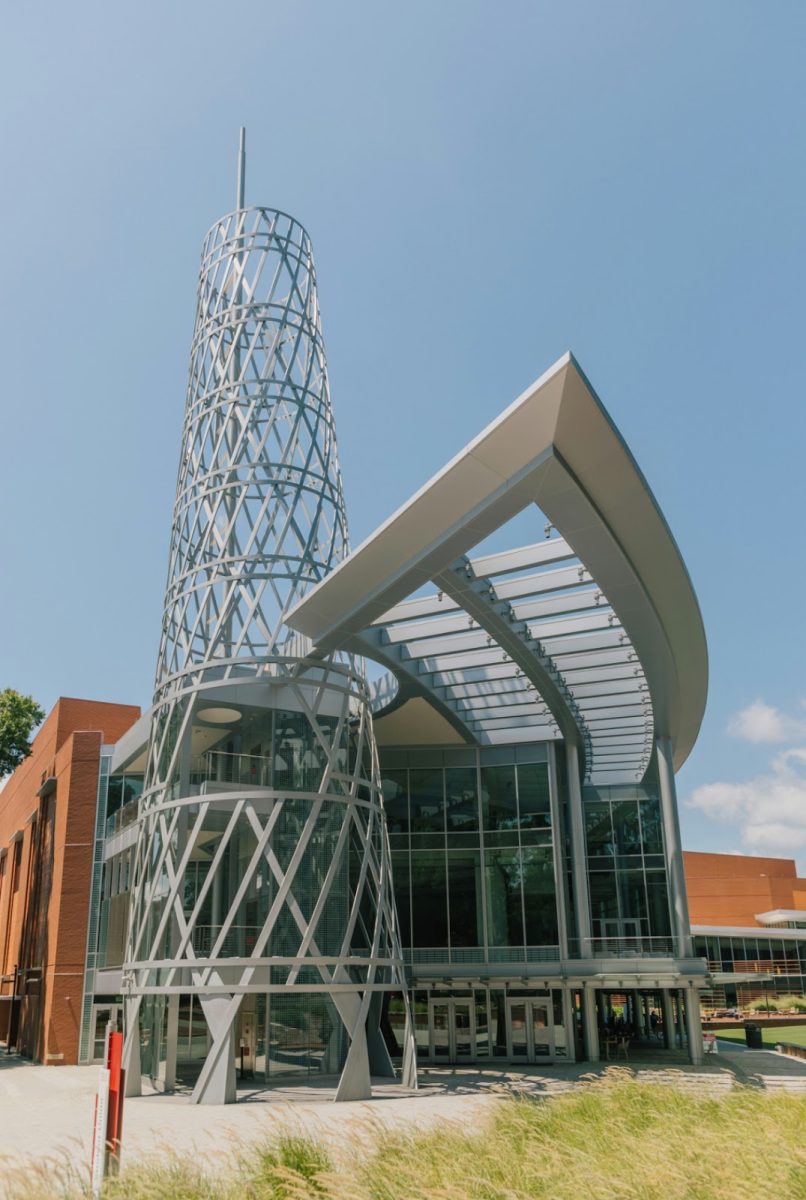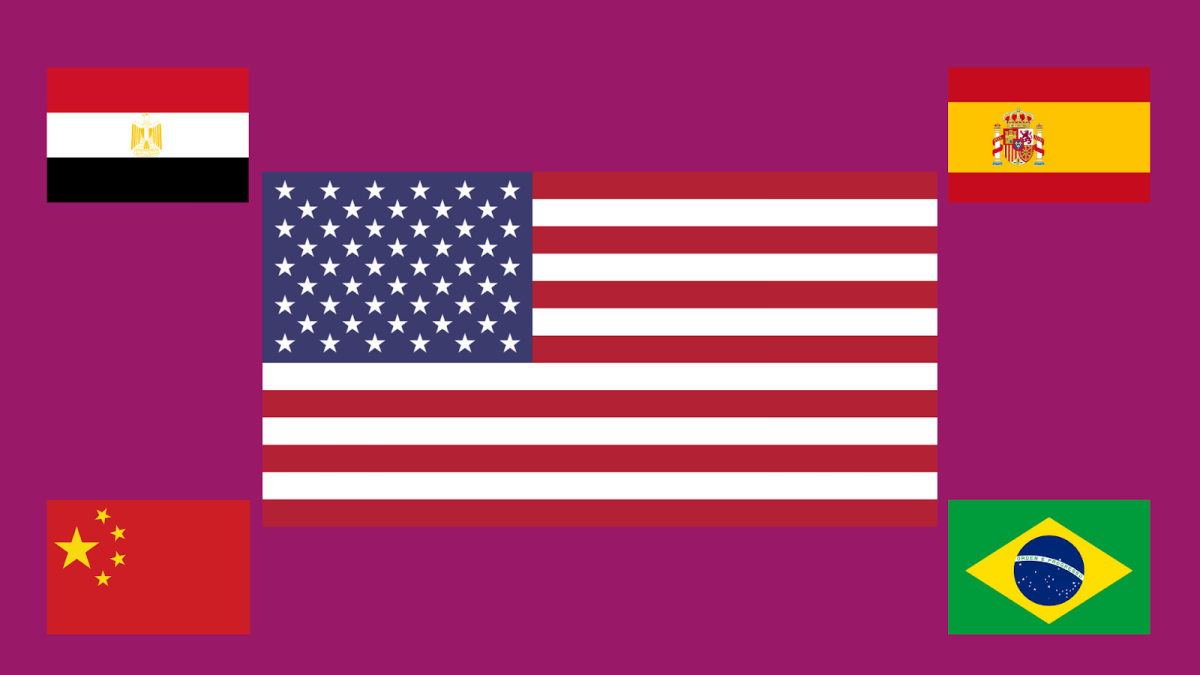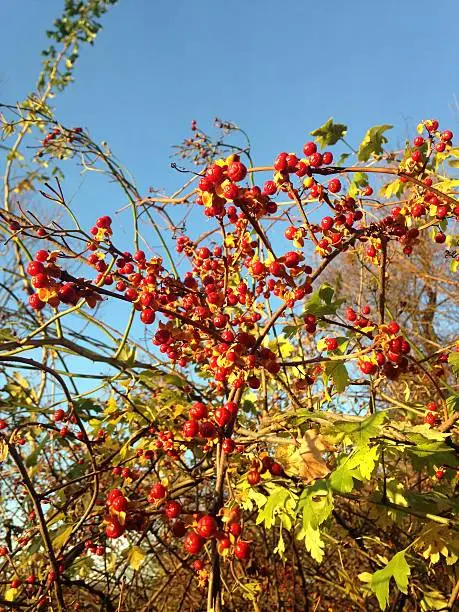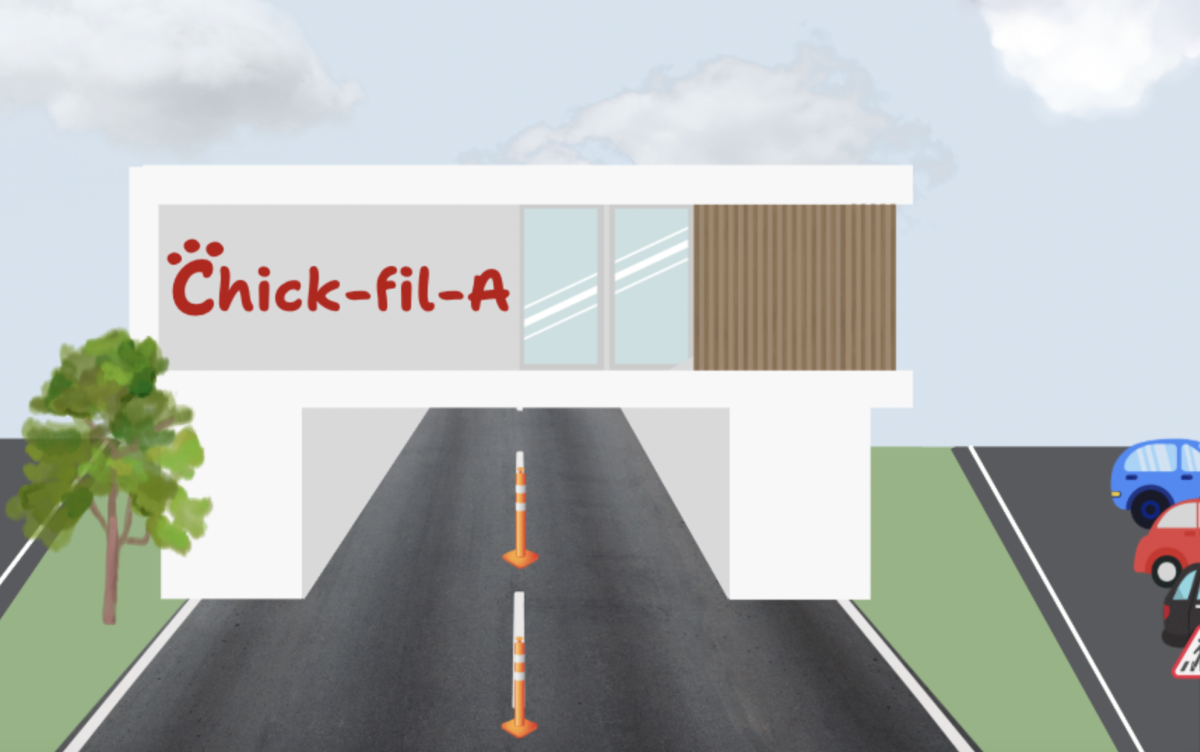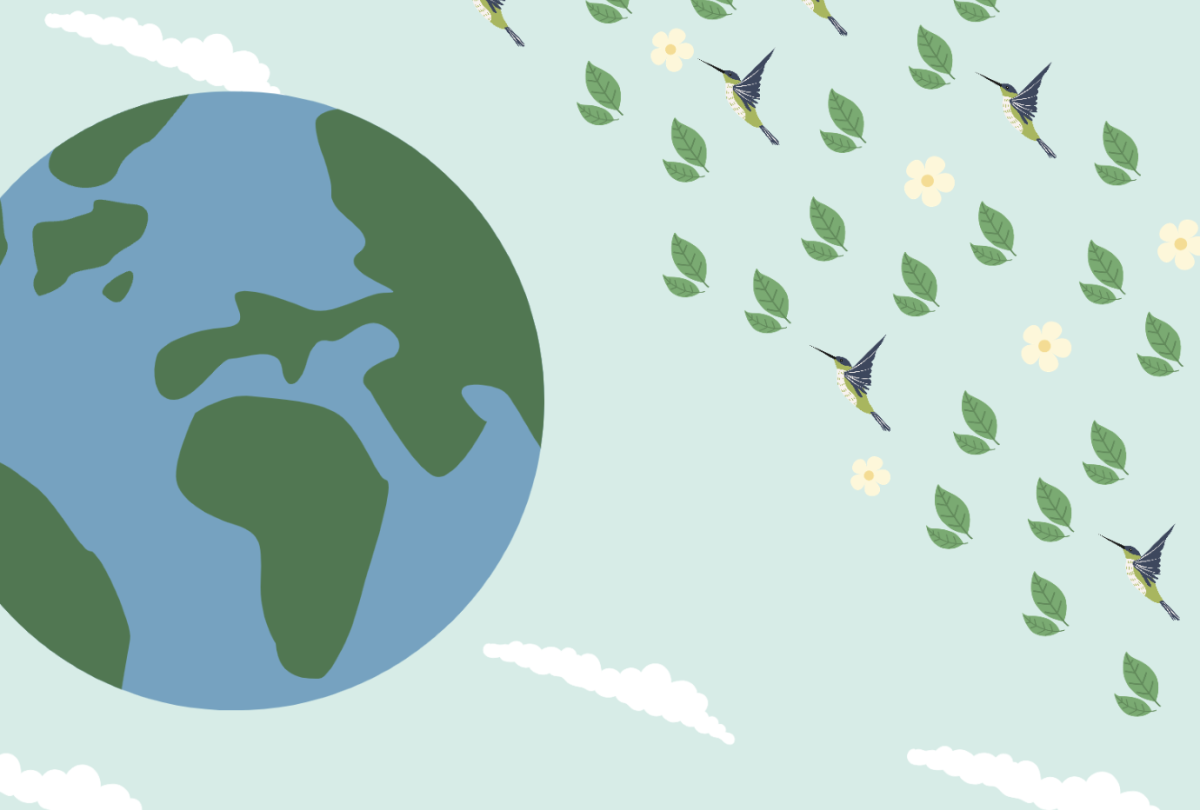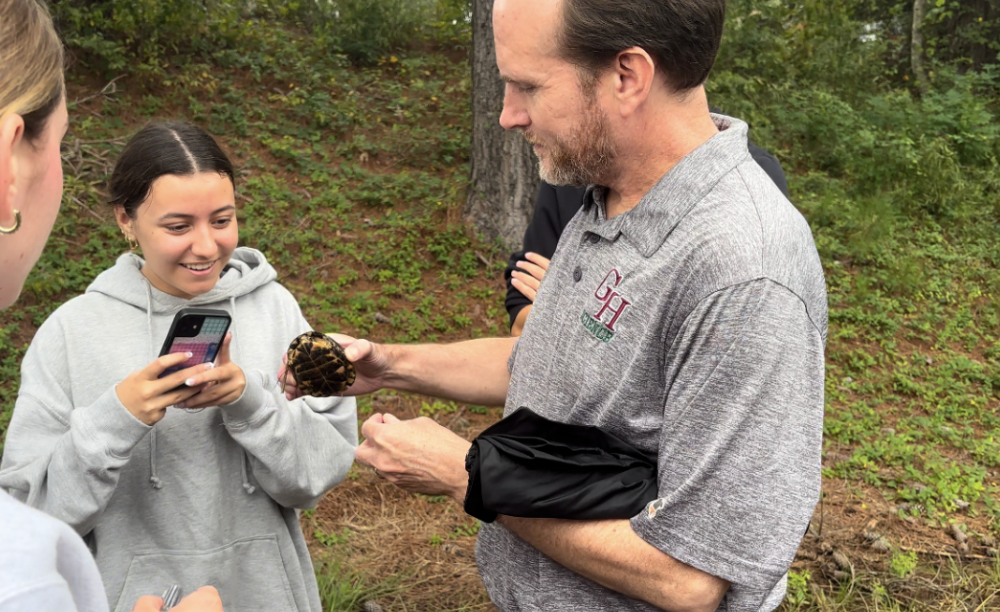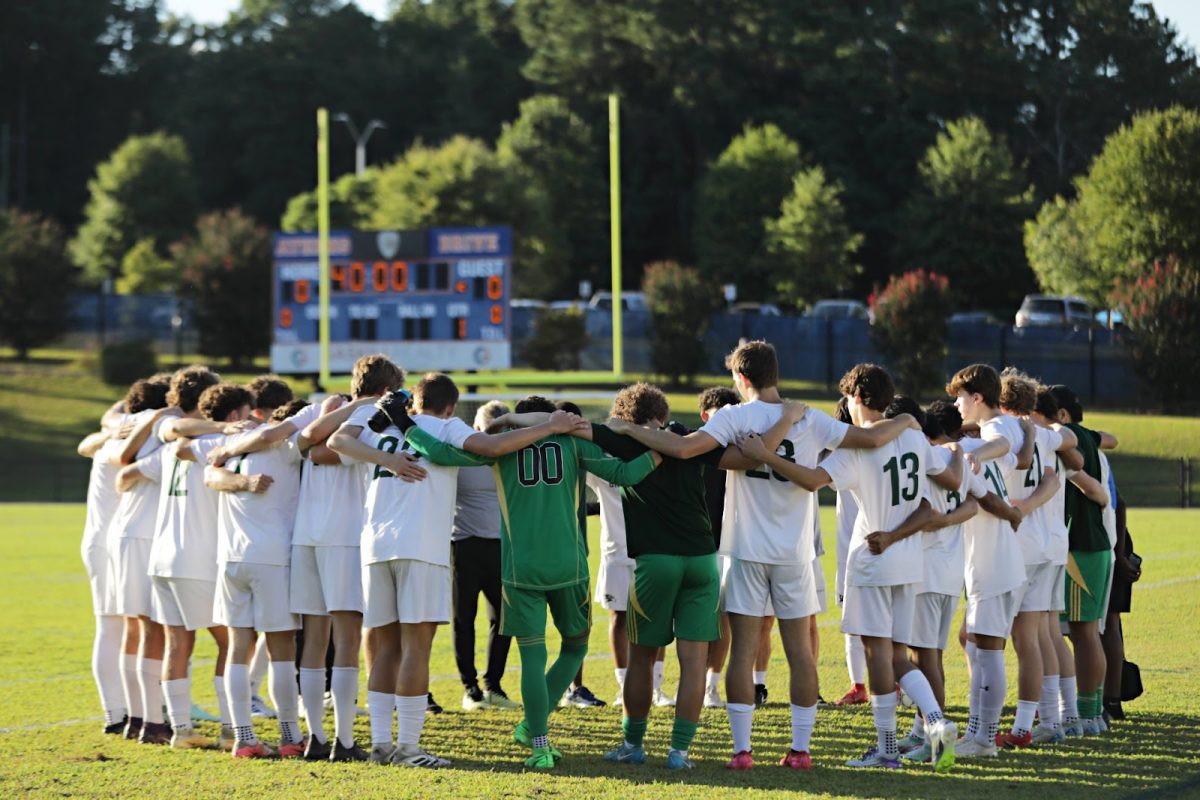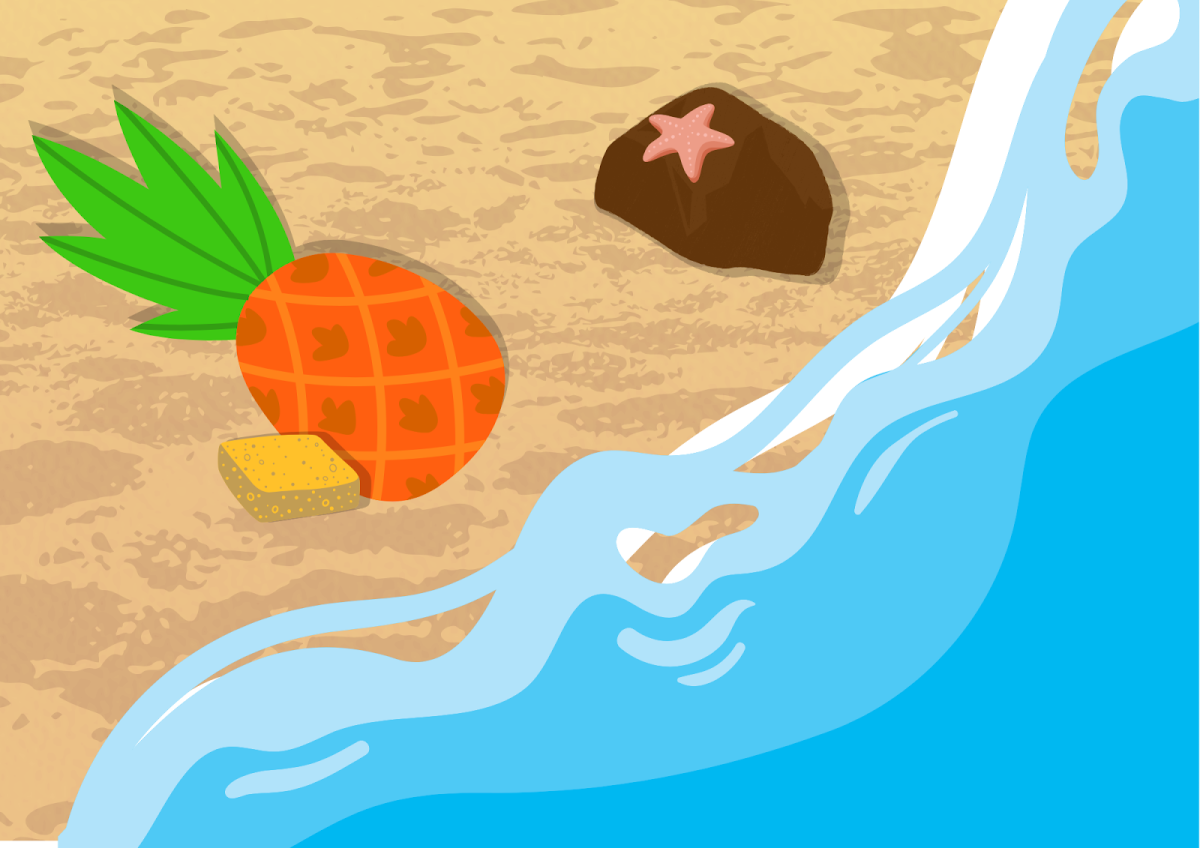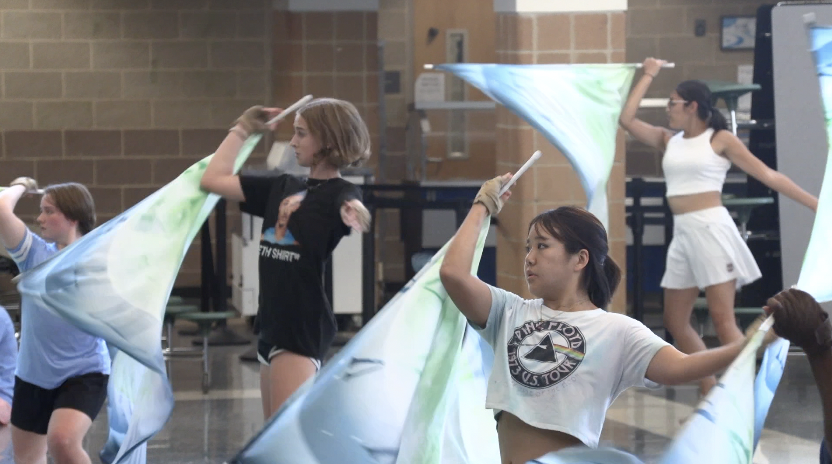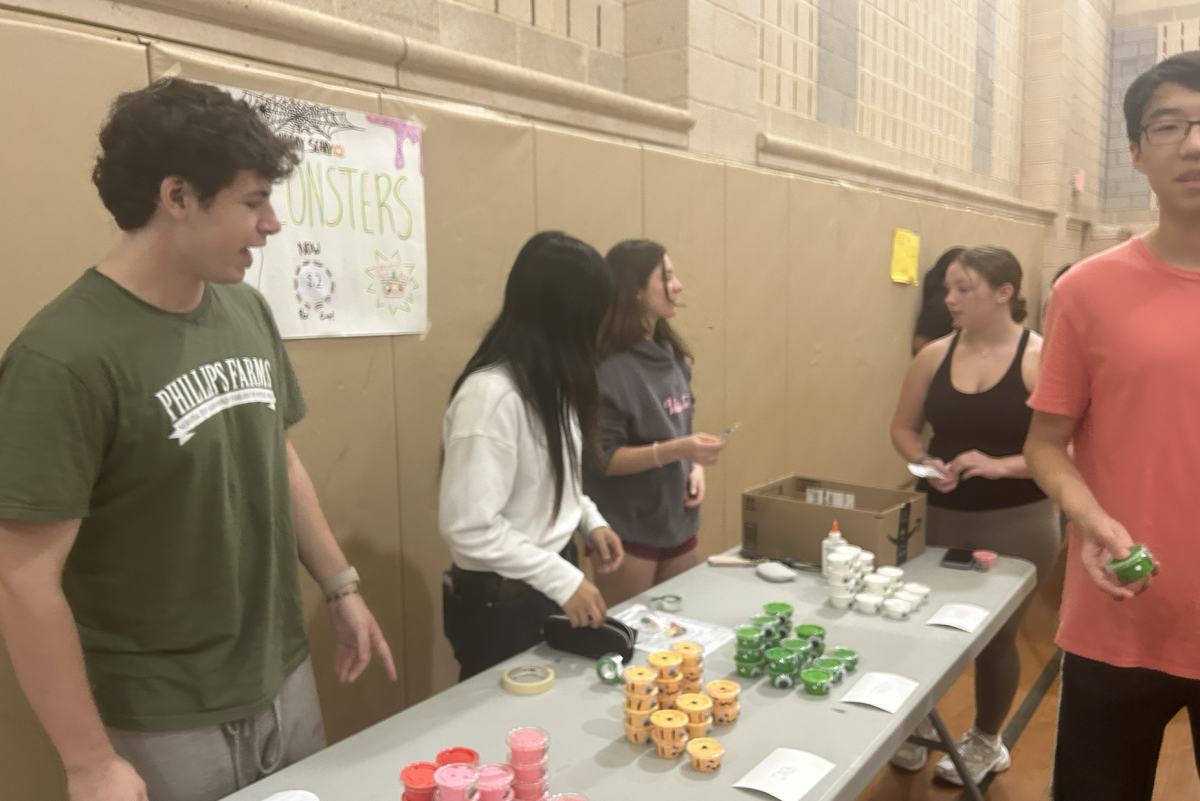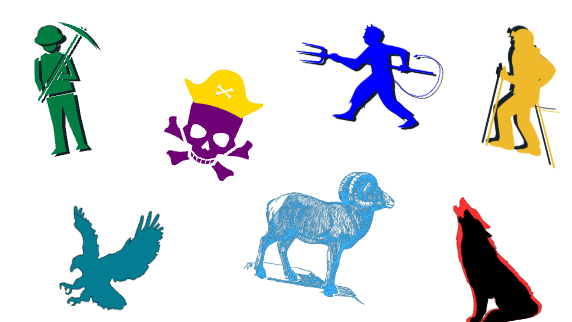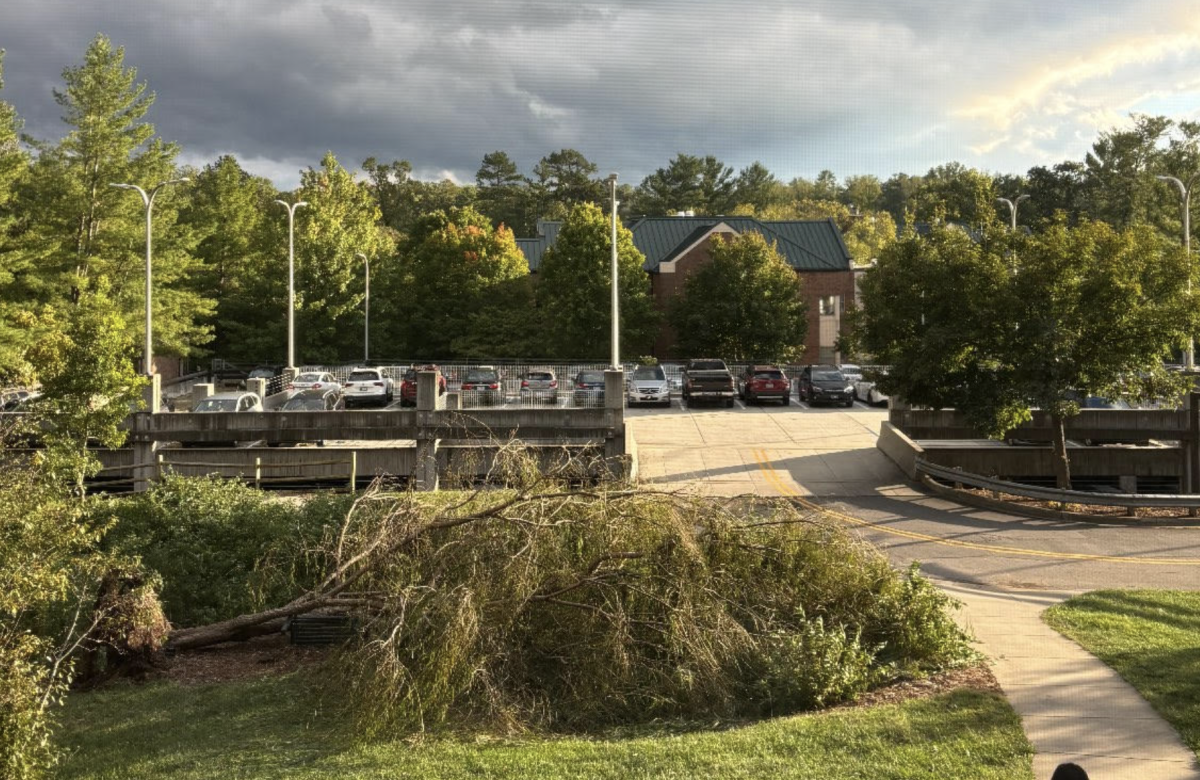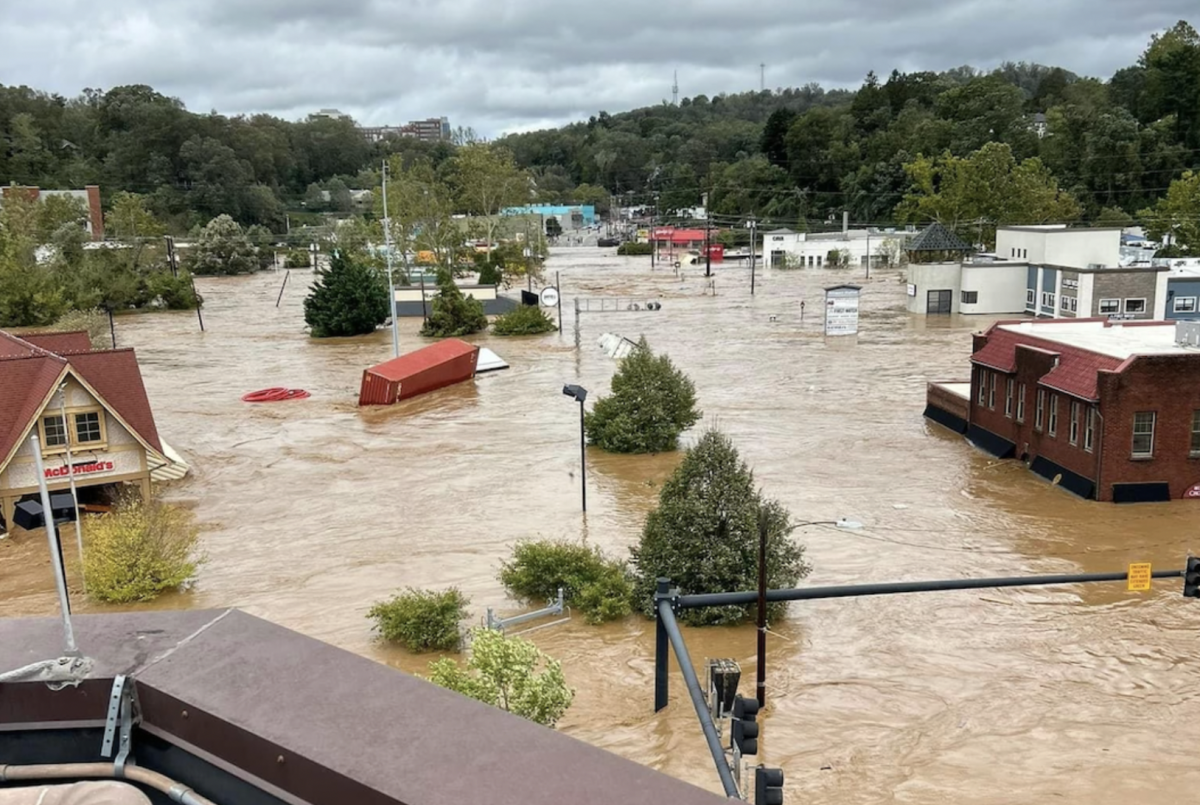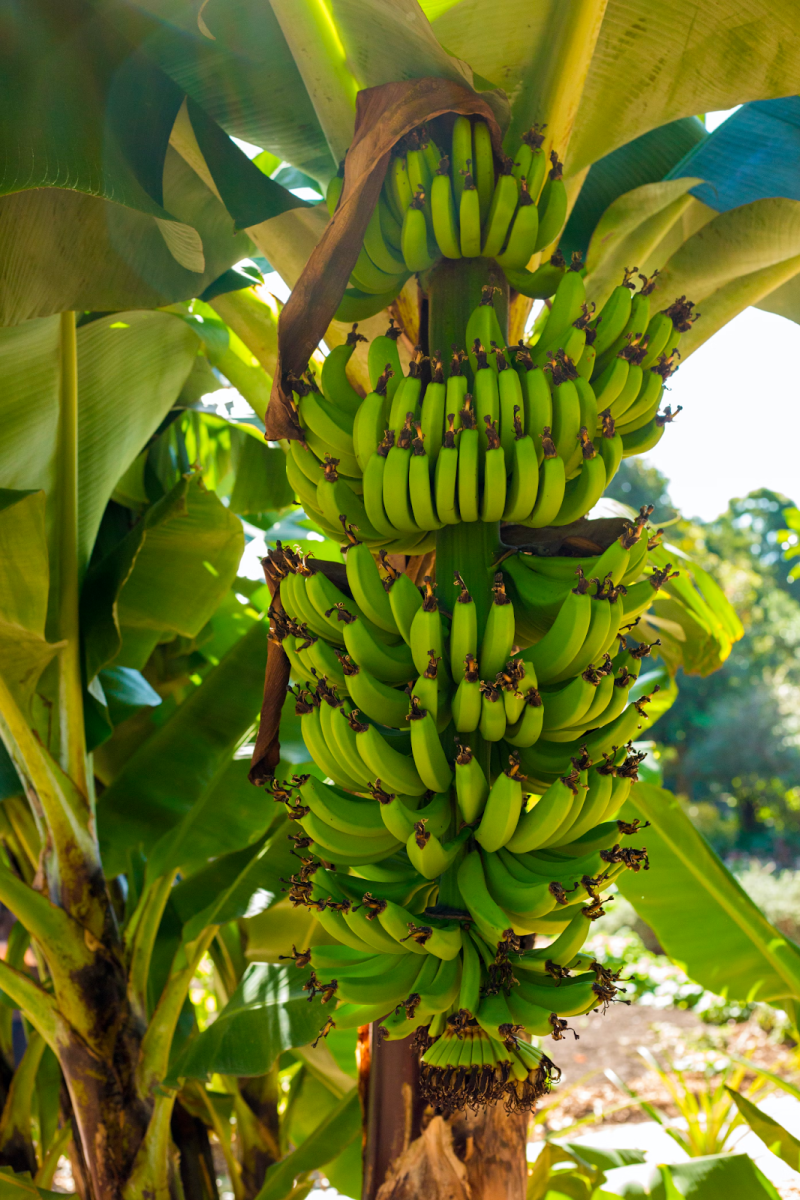A fungal disease is demolishing the roots of the Cavendish banana across Central American fruit plantations.
Panama disease is caused by a soil-borne fungus of the plant pathogen Fusarium oxysporum forma specialis cubense. Panama disease is classified as “Tropical Race 4” by the Australian government, one of the deadliest pathogenic labels given to crops. Although infected bananas are safe for human consumption, the fungus spreads rapidly in soil, playing a detrimental role to future banana plant growth.
Panama disease-inflicted bananas can be identified by yellowed, shriveled leaves which occur due to fungal growth that inhibits water from traveling through plant tissue. The infected banana can also be identified as having a dark inner circle in its cross-section, forming a skirt-like pattern with discoloration ranging from yellow and red to darker tones.
Dr. Jean Ristaino is a Professor of Plant Pathology at North Carolina State University, and her work centers on population genetics of plant disease and epidemiology. In an interview with the GH Falcon, she explained that the disease is an invasive species, and was spread to its current epicenter, Central America, through human transportation.
“[The] bottom line is this pathogen that causes Panama disease kind of originated in Southeast Asia, then it migrated into Africa, the Middle East, and it actually has spread into central South America,” said Ristaino. “So the pathogens on the move spread in soil on people’s feet and shoes, and farmworkers can move it around.”
The disease is a newer strain of an old pathogen that has been able to evade the defenses of Cavendish bananas. “It’s been around and it’s able to overcome the resistance in the Cavendish bananas,” she said.
Dr. Ristaino elaborated on the industry’s current approaches towards prevention, which primarily centers on quarantining already-infected plantations. Because of the nature of the fungus, once it enters the soil of a plantation, cleansing the soil from the fungus is economically infeasible for many plantation owners. “They’re just trying to keep it out of Central America because that’s where most of our bananas in Honduras, Guatemala and Costa Rica [are] where most of the bananas are grown,” she said.
Another prevention technique that research currently targets is developing fungus-resistant varieties of the crop. “They can’t really fumigate because it’s in the soil. So it’s a difficult agenda to control. So the main line of resistance is to use resistant varieties of banana,” said Dr. Ristaino.
A plant breeding program headed by James Dale of the Queensland University of Technology successfully developed the first transgenic Cavendish banana after a three-year experimental trial, and published the results in Nature.
“He’s [Dale] made a transgenic banana that is resistant to the disease. And that’s pretty much going to be the way they’re going to have to control this problem. Because you know, if it spreads into farms that don’t already have it, you can’t really treat the soil to kill it because it goes down deep in the soil and it produces resistance scores that just you can’t eliminate with chemicals,” said Dr. Ristaino.
She described developing resistant plant varieties as a time-consuming process. “Host resistance has got to be the way that it’s controlled in the future, and bananas are tough to breed. That’s why they call them a transgenic purchase because it takes years and years to breed a resistant banana,” she said. Even when transgenic resistant bananas are developed, the threats of plant pathogens remain present. However, unlike viruses, fungal pathogens tend to evolve much more slowly. “It took like 30 years for this new race to start showing up and spreading, which was in the 1970s.”
Monocultural practices are also depleting plantation soil nutrients and make plants more prone to obtaining airborne disease. “Because there’s large areas, monoculture, [and] few resistant varieties planted – that’s why we are seeing more problems and there are emerging pathogens on other crops as well,” she said.
Alvin Liu, a Green Hope junior and president of the Horticulture Club combats the spread of plant pathogens in the Green Hope community by encouraging members of the club to become more open to buying their food locally.
“I feel like one of the better ways [to get] people to be more open to other types and that will just kind of help the farmers as well because then they don’t have to only need a certain type of banana or fruit,” he said.
For Liu, shifting public opinions on the value of local agriculture signifies the critical role that scientific communication plays in conveying information to the public. “The biggest step is just changing the public opinion,” said Liu. “Having plants with variety. It’s not susceptible to disease … but it will help us in the long term, to produce it.”
Panama disease persists as an issue for banana producers, as scientists continue to develop methods of pathogenic control and disease prevention.








